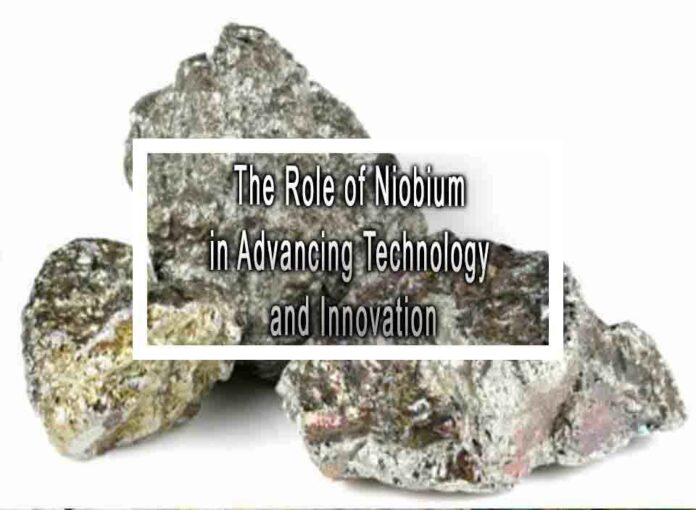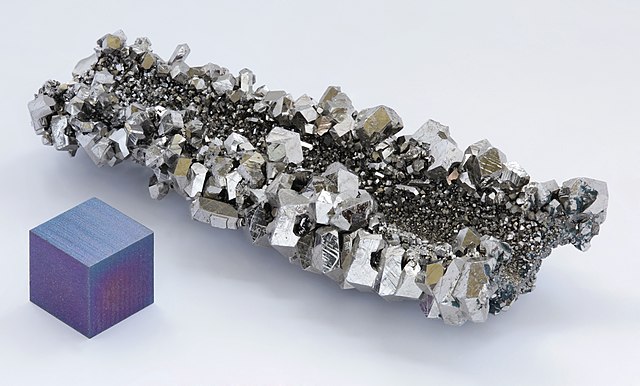Niobium is a versatile and valuable element that plays a significant role in advancing technology and innovation across various industries. Here’s an exploration of how niobium contributes to these fields:
1. Alloying and Metallurgy:
- High-Strength Alloys: Niobium is commonly used as an alloying element in steel and superalloys. Niobium alloys improve the strength, toughness, and heat resistance of materials. They find applications in aerospace, automotive, and construction industries.

- Superconducting Alloys: Niobium-titanium (NbTi) and niobium-tin (Nb3Sn) alloys exhibit superconducting properties at low temperatures. They are used in magnetic resonance imaging (MRI) machines, particle accelerators, and other high-field magnets.
2. Medical Equipment:
- MRI Machines: Niobium-titanium alloys are crucial in the construction of MRI magnets due to their superconducting properties, which enable the generation of strong and stable magnetic fields for imaging.
3. Energy and Transportation:
- High-Efficiency Engines: Niobium-containing alloys are used in aircraft engines and gas turbines, contributing to improved fuel efficiency and performance.
- Battery Technology: Niobium is explored as a potential electrode material in next-generation batteries, including lithium-sulfur batteries, due to its ability to store and release energy efficiently.
4. Electronics:
- Capacitors: Niobium is used in electrolytic capacitors, particularly in the form of niobium oxide, to enhance capacitance and reliability in electronic devices.
5. Nuclear Industry:
- Nuclear Reactors: Niobium is used in the construction of nuclear reactors, where it offers resistance to corrosion and radiation damage.
6. Superconductivity:
- Quantum Computing: Niobium is used in quantum computers, which rely on superconducting circuits to perform complex calculations with high efficiency.
7. Infrastructure:
- Bridges and Buildings: Niobium-containing steel is used in the construction of bridges and buildings, enhancing their strength and durability.
8. Superalloys:
- Jet Engines: Niobium-containing superalloys are used in jet engines due to their ability to withstand extreme temperatures and stress.
9. Additive Manufacturing:
- 3D Printing: Niobium-based powders are used in additive manufacturing processes, allowing for the production of complex and high-performance components.
10. Research and Development:
- Materials Science: Niobium is essential for research in materials science and nanotechnology, enabling the development of novel materials and technologies.
11. Sustainability:
- Reducing Weight: Niobium-containing materials help reduce the weight of vehicles and structures, contributing to energy efficiency and environmental sustainability.
12. Superconducting Power Transmission:
- High-Voltage Cables: Niobium-titanium alloy wires are used in high-voltage superconducting cables for efficient power transmission and distribution.
13. Space Exploration:
- Rocket Engines: Niobium alloys are used in rocket engines for their high-temperature resistance and strength.
Niobium’s unique properties, including its ability to improve the performance of materials in extreme conditions, make it a valuable element in various cutting-edge technologies and industries. Its contributions to aerospace, energy, medical imaging, electronics, and materials science continue to drive innovation and technological advancement.











